|
|
|
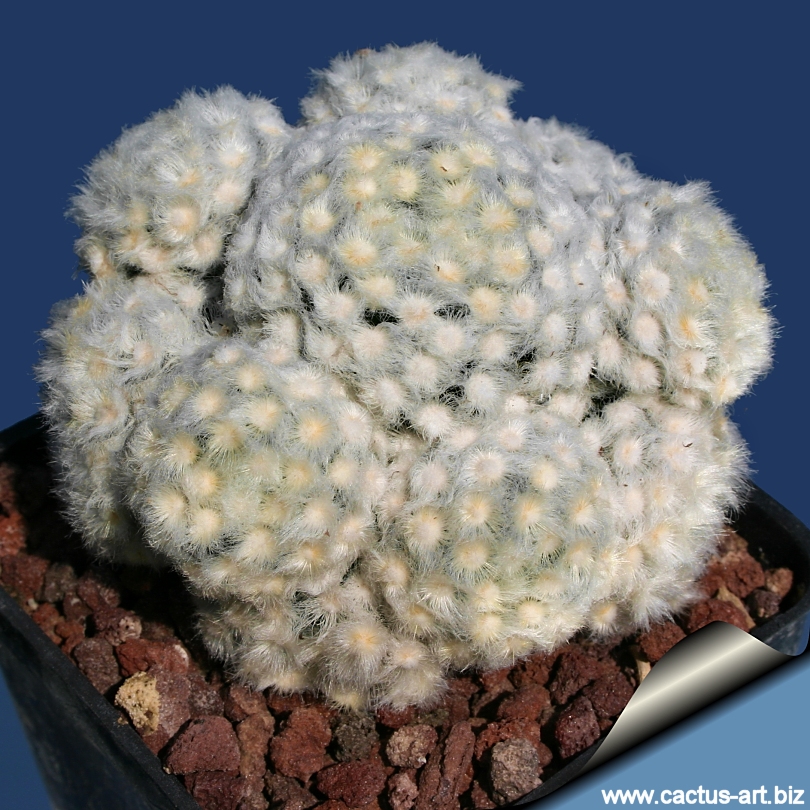
This is a very beautiful plant!!! A nice candid white monstrous form
that looks like Mammillaria luethyi!!!
|
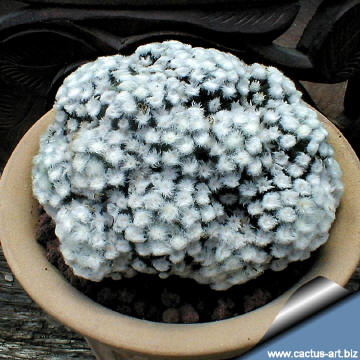 |
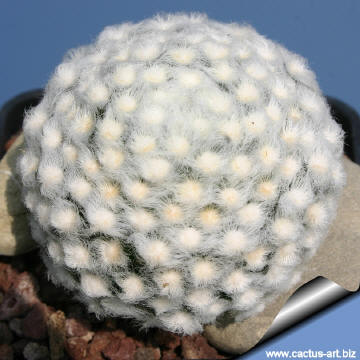 |
|
. |
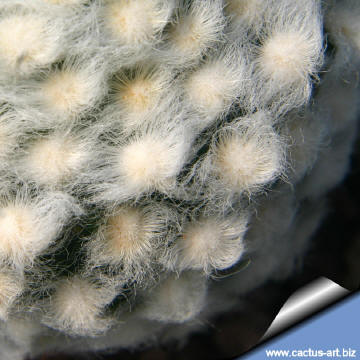 |
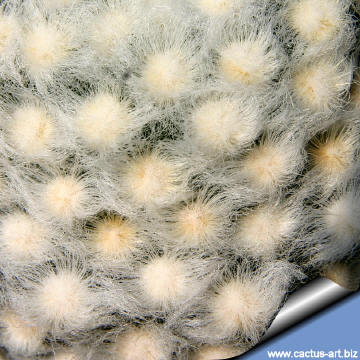 |
|
. |
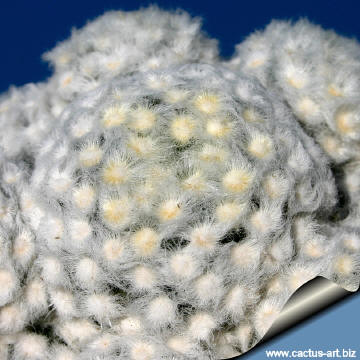 |
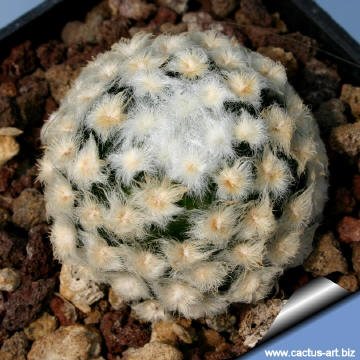 |
|


Advertising
|
|
|
|
|
Scientific name:
Mammillaria
schiedeana var. plumosa forma mostruosa
Origin: Mexico (Tamaulipas)
Conservation status: Listed in
CITES appendix 2.
Series: Lasiacanthe
Group: Mammillaria schiedeana
Description: Mammillaria shiedeana var. plumosa
forma mostruosa is a clumping cactus, that may forms large
groups of little globes covered entirely in even longer shining-white,
soft, silky hairs, it is generally considered to be more difficult and
slower in growth than the standard species and often must be grafted.
Stem: Spherical or compressed globular, green, up to 5 cm wide or
more.
Tubercles: Obscure, conical.
Areoles: Roundes white to golden-yellow.
Spines: Its special appeal is due the beautiful white, feathery
looking spines. Central spines absent radial spines many (100-120 or
more) in several series, very thin, silky, spreading radially, 2-4 mm
long, spines are a an almost pure candid white colour, eventually with a
shine of golden-yellow at the base near the areoles. The name plumosa
means 'feathery'.
|
|
|
|
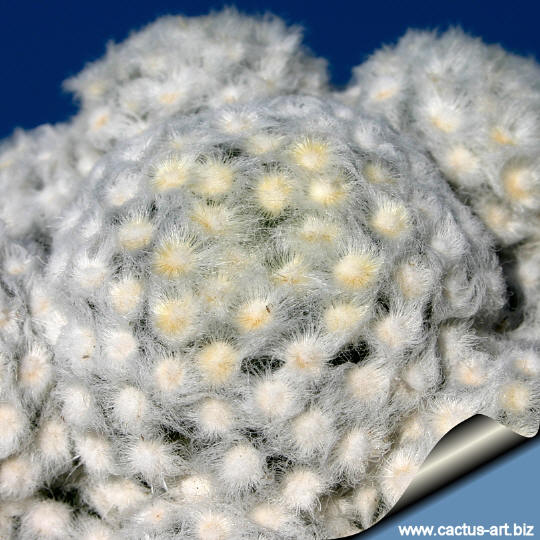
|
|
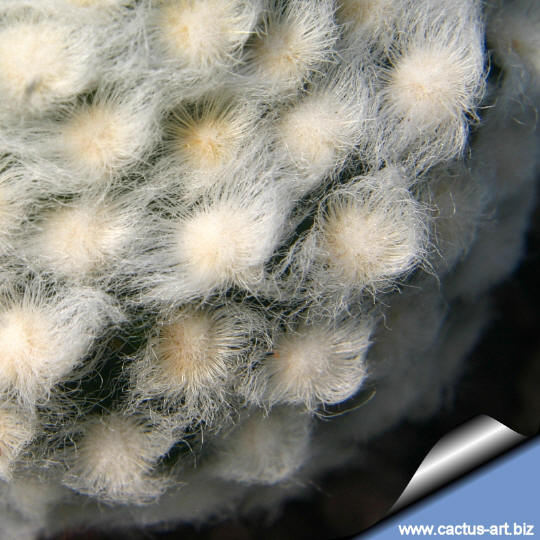
Cultivation: It is a slow growing species
of easy culture, recommended for any collection, it doesn't require any
special treatment. Water regularly in summer, but do
not overwater (Rot prone)
Use pot with good drainage and a very porous potting media,
keep dry in winter.
Feed with a high potassium
fertilizer in summer.
It is quite frost resistant if kept dry, hardy as low as -5° C (some
reports give it hardy to -5°C)
Sun Exposure: High levels of light are needed to
flower and for good spine development.
Can be sunburned if moved
from shade/greenhouse into full sun too quickly. During the spring it
may be able to take full sun until the heat arrives at the end of
spring. In an area that has hot afternoon sun, it may be able to take
full morning sun, but requires afternoon shade or afternoon light shade.
If grown correctly, it will reward the grower with generous
displays of purple flowers.
Clustering in cultivation after several years and easily flowered.
For best results, use a shallow pot, and only use the smallest
diameter pot that will accommodate the plant.
Propagation:
Grafting or division, wait
until the
offsets that appear at the
base of old clustered
specimens
are 1/3 the size of the parent and then detach and plant.
Photo of conspecific taxa, varieties, forms and
cultivars of Mammillaria schiedeana:
|
|